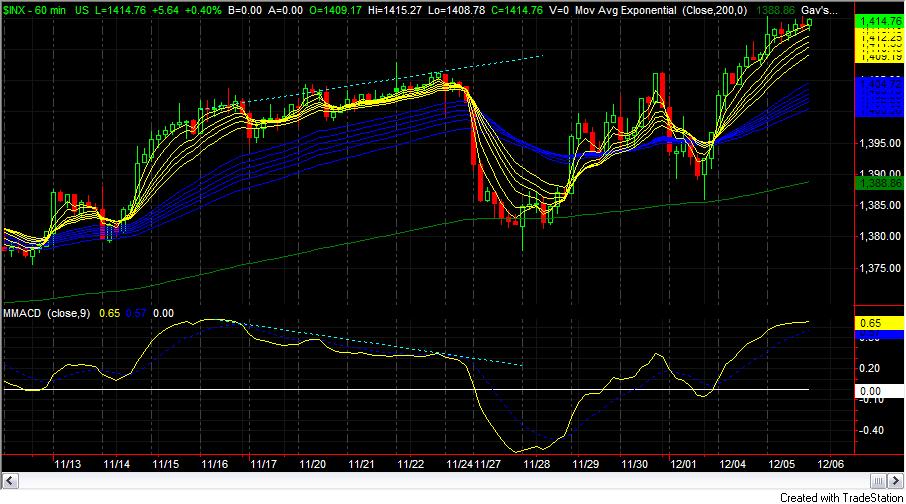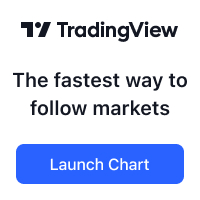I read Joe Ross’s chart Scan Newsletter, and he mentioned some considerations when looking/designing setups. I find it to be useful. Do I see something that happens frequently, at least as often as often as I want to trade? When the event or setup takes place, does it offer me the range of movement I […]
Strategy & tools
Trade stocks before learning futures? My rant
I read some trading bloggers mention If you cant trade well in stocks/ETF, then dont think about trading options or futures. And comes to comparison why trading ETF is a better choice to trading futures or options. blah blah blah. It is really a BLAH. Well, it sounds logical and right. However, I am giving […]
Template of my trading plan
Here I am presenting the template of my trading plan (it is more on the execution plan per se). I don’t see a point to reveal my trading plan here. It does not help any reader, since it is designed ONLY to suit my personality, risk appetite etc. I guess a template of my trading […]
Trend Evaluation system : Update of my work
Back testing is tough, back testing is boring. Back testing is #$%^&. No doubt. But while I was looking back charts, programming codes, ideas and thought flowing into my mind. I was having some thoughts over the process of developing my trading system. At the earlier days when I first started Dummy trading, I simply […]
Examing the MMA, Indicatorian approach
I was thinking if I am going to post this article which I wrote some time back. It makes me sound like a indicatorian (Gavipedia: Indicatorian refers to trader who can’t live without indicator). In fact, I hardly look at indicator. Oh well. This is a season of sharing. I am sharing something that I […]
About programming and trading
There are useful tips from programming that can be applied to trading.



